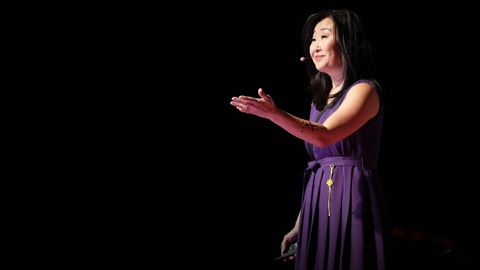
Subtitles & vocabulary
My story of love and loss as a transracial adoptee | Sara Jones
00
林宜悉 posted on 2020/10/26Save
Video vocabulary
figure
US /ˈfɪɡjɚ/
・
UK /ˈfiɡə/
- Verb (Transitive/Intransitive)
- To appear in a game, play or event
- To calculate how much something will cost
- Noun
- Your body shape
- Numbers in a calculation
A1TOEIC
More empathy
US /ˈɛmpəθi/
・
UK /ˈempəθi/
- Uncountable Noun
- Understanding how other people feel/suffer
- The ability to understand and share the feelings of another, especially when those feelings are negative or painful
B2TOEIC
More intimacy
US /ˈɪntəməsi/
・
UK /'ɪntɪməsɪ/
- Uncountable Noun
- The sharing of private and personal things
B2
More trauma
US /ˈtraʊmə/
・
UK /'trɔ:mə/
- Noun (Countable/Uncountable)
- A very severe or upsetting experience
- Serious injury to part of the body
B2
More Use Energy
Unlock All Vocabulary
Unlock pronunciation, explanations, and filters
